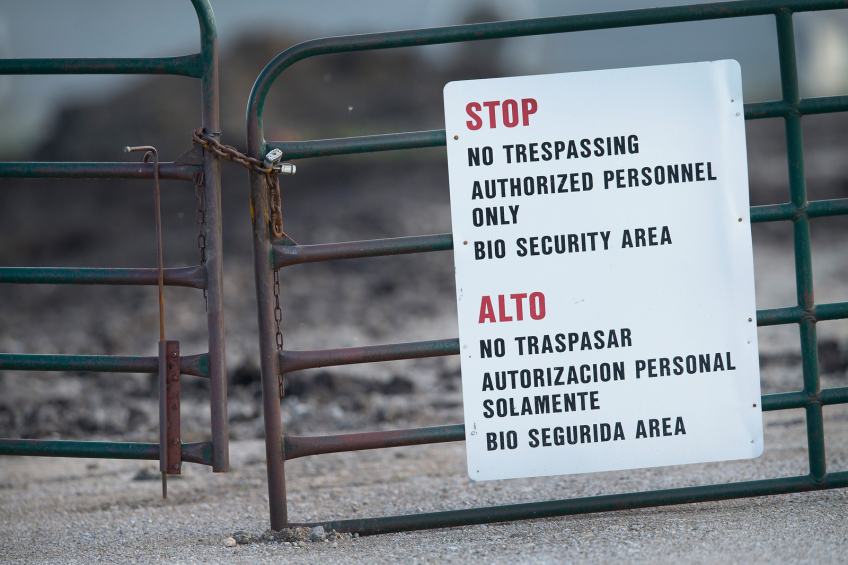US AI outbreak made worse by poor farm auditing

Many of the turkey farms affected by H5N2 highly pathogenic avian influenza in the US this year had biosecurity in place, but the protocols were not being audited properly, according to an updated epidemiological study by the Animal and Plant Health Inspection Service (Aphis).
In total, the agency has surveyed 81 turkey farms, averaging 46,000 birds apiece, and found that most followed basic biosecurity.
Properly following biosecurity procedures
This included things like spraying vehicle tyres with disinfectant, making visitors wear protective clothing and footwear, using footbaths and rodent control.
“Importantly, only 43% of case farms reported that biosecurity audits were conducted by the company [they produced for] or a third party,” it said. “Farms can decrease their HPAI risk by verifying that biosecurity procedures are being followed properly.”
Vaccine on the way
US researchers have developed a vaccine which is said to be 100% effective against HPAI in chickens, and testing is under way to see if it works on turkeys. According to a report by the Associated Press, the authorities are planning to issue a licence for widespread production and to stockpile it nationally, in case the virus strikes again later in the year.
But whether it would actually be used is uncertain. Broiler growers in particular, who export some US$5bn of chicken meat a year, are worried that deploying a vaccine would trigger even more damaging export bans. Particular weaknesses included equipment-sharing and exposure to wild birds.
Shared equipment a factor
“In the majority of cases, feed trucks, live haul loaders, pre-loaders and other items were shared by multiple farms,” said the study.
“Wild birds, another possible route of disease transmission, were observed inside barns on 35% of the farms.”
Aphis also observed a possible age predilection for contracting HPAI. Almost half of the stags affected by the outbreak were 13-16 weeks old, and half of the hens were nine to 12 weeks old. “Extra vigilance may be indicated when birds are at these life stages,” the report suggested.
In total, some 223 farms have been hit by HPAI in the US this year, leading to the loss of 48m birds.
Source: Poultry World













